A new Iran nuclear deal? Not so fast - By Ari Heistein and Dr. Raz ZimmtSaturday , Alarabiya
Both US presidential candidates, Donald Trump and Joe Biden, have declared their intentions to reach an agreement with Tehran on its nuclear program. In his 2018 speech withdrawing the US from the JCPOA, Trump said, “The fact is, they are going to want to make a new and lasting deal, one that benefits all of Iran and the Iranian people. When they do, I am ready, willing, and able.” His challenger from the Democratic Party noted, “If Iran moves back into compliance with its nuclear obligations, I would re-enter the JCPOA as a starting point to work alongside our allies in Europe and other world powers to extend the deal’s nuclear constraints.” While these scenarios may technically be within the realm of possibility, recent developments in both the US and Iran make them highly unlikely.
The working assumptions underpinning these plans is that Iran will return to the negotiating table with the US. President Trump’s “maximum pressure” policy, which was implemented after the US withdrawal from the 2015 JCPOA nuclear deal, is based on the premise that by squeezing Iran economically more than President Obama did will enable Trump to reach a more stringent and comprehensive agreement with the Iranians. In contrast, Biden appears to believe that by shifting from “America first” to a more multilateral approach in coordination with allies, as well as defusing the crisis and then engaging in talks with Iran, his administration will be able to save the JCPOA from collapse and build on it with follow-on agreements.
It is almost certain that no negotiations will take place before the 2020 US presidential elections, as both Iran and the US will wait to recalibrate their approaches based on the electoral results. Yet, even after the elections – regardless of who wins – it is possible that Iran will not seek to enter into another agreement with the US. While one could point to the 2012-2015 negotiations as proof that Iran is willing to take a more pragmatic rather than hardline approach on its nuclear program, to assume that the conditions that facilitated the JCPOA agreement exist today would be to ignore significant developments that have since taken place.
In 2012, Iran was indeed forced to make a strategic policy shift and agreed to negotiate. Economic sanctions certainly played a significant role in Iran’s decision, but the change of its policy cannot be explained merely by economic considerations. The election of Hassan Rouhani as president in the summer of 2013 created an opportunity for a change of direction in Iran’s policy and made it possible to speed up the talks between Iranian and American representatives that had begun months earlier. At the same time, Iran’s significant progress in the nuclear realm provided Tehran with the ability to temporarily freeze some elements without giving up its military nuclear breakout option, which is perceived by Supreme Leader Khamenei as a vital guarantee of regime survival.
The current state of the Iranian political system, which has further radicalized over the last two years, does not provide favorable conditions for renewing negotiations and reaching a new deal. In the recent parliamentary elections held in February 2020, the hardliners succeeded in regaining full control of the Iranian parliament and the coronavirus pandemic has provided the Islamic Revolutionary Guard Corps with an opportunity to further increase its involvement in state affairs while exploiting the weakness of Rouhani’s government.
In terms of foreign policy, over the past year Iran has implemented a policy of “maximum resistance” in response to the US maximum pressure policy. Today, Khamenei is well aware of the economic grievances of his countrymen, but still adheres to his position that the solution to the economic crisis exacerbated by sanctions lies in a “resistance economy.” This means reducing Iran’s dependence on foreigners and relying instead on domestic production. For Khamenei, the US withdrawal from the nuclear deal merely confirmed his paranoid, radical anti-US worldview. In Khamenei’s view, the US should not be trusted and was using the nuclear issue as an excuse to pressure, isolate, and weaken Iran to set the stage for the ultimate US strategic goal: regime change.
Nearly a decade after Khamenei reluctantly agreed to allow talks with “The Great Satan,” it is unlikely he will be convinced to do so again. At the age of 81, approaching the end of his rule, Khamenei seems preoccupied with his legacy no less than with his country’s current problems. He does not appear willing to enter the history books as the leader who led his country to further concessions, especially after the diplomatic approach he approved in the past did not yield the desired results.
But even if it were possible for Tehran and Washington to reach an agreement, it can either be credible or long-term – but not both. Deals based on executive agreement, like the JCPOA, have already proved vulnerable to the shift in foreign policy accompanying a US presidential transition. Similarly, even if a future “JCPOA 2.0” is enshrined as a treaty by the US Senate, it is conceivable that the next president could withdraw (as was done with the Intermediate-Range Nuclear Forces Treaty with Russia). The weakness of such foreign policy accords has become especially glaring in recent decades, as each successive president seems intent on reversing the direction of their predecessor.
It is worth noting that the US “maximum pressure” campaign has highlighted that Washington has more economic leverage over Iran than was initially anticipated, even when it is acting unilaterally. That may provide some incentive for Iran to make an agreement, but that revelation alone is unlikely to be the decisive factor in Iranian decision-making.
Though it is uncertain whether a new nuclear deal will prove to be within reach, whoever the next US president is may not have a better, realistic alternative. US efforts to reach a new agreement should be grounded in the following three assumptions: 1) Pressure will be necessary for any future agreement, 2) No agreement is forthcoming until at least November 2020, and 3) The less leverage the US has going into negotiations, the less it will be able to shape a future agreement. All that said, both candidates would be well-advised to develop a “Plan B” for how to cope with the Iranian nuclear threat, so as to be prepared for the very real possibility Tehran refuses to return to the negotiating table.
Latest News
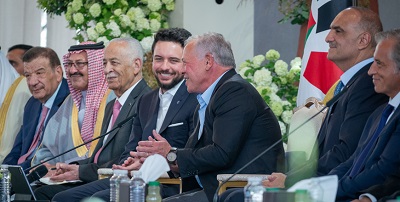 King from Mafraq: Jordan’s security, sovereignty above all considerations
King from Mafraq: Jordan’s security, sovereignty above all considerations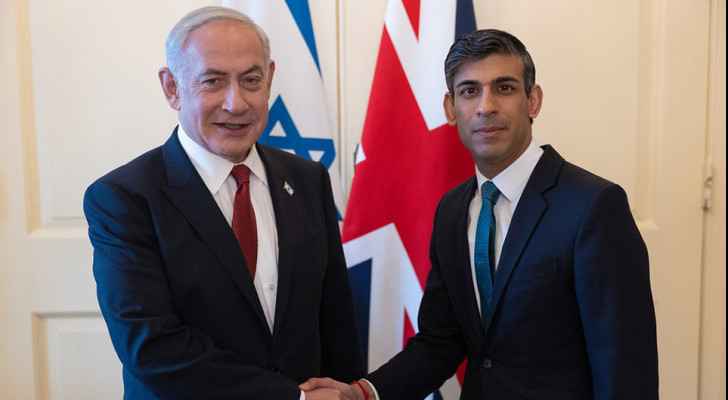 Sunak tells Netanyahu to “allow calm heads to prevail”
Sunak tells Netanyahu to “allow calm heads to prevail”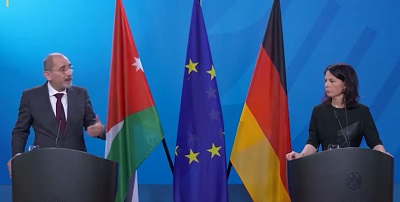 Safadi, Germany’s Baerbock discuss war on Gaza, regional escalation
Safadi, Germany’s Baerbock discuss war on Gaza, regional escalation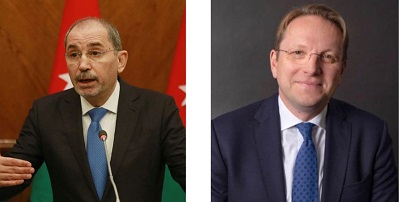 FM, EU commissioner discuss development cooperation, regional de-escalation
FM, EU commissioner discuss development cooperation, regional de-escalation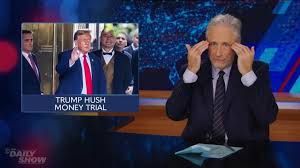 Jon Stewart unpacks Iran launching missiles at Israel
Jon Stewart unpacks Iran launching missiles at Israel
Most Read Articles
- Dubai reels from floods chaos after record rains
- Security Council to vote Thursday on Palestinian state UN membership
- Khasawneh, Saudi Shura Council speaker discuss bilateral ties, regional developments
- King, Bahrain monarch stress need to maintain Arab coordination
- Hizbollah says struck Israel base in retaliation for fighters' killing
- Tesla asks shareholders to reapprove huge Musk pay deal
- The mystery of US interest rates - By The mystery of US interest rates, The Jordan Times
- Princess Basma checks on patients receiving treatments
- Jordan will take down any projectiles threatening its people, sovereignty — Safadi
- Knights of Change launches nationwide blood donation campaign for Gaza